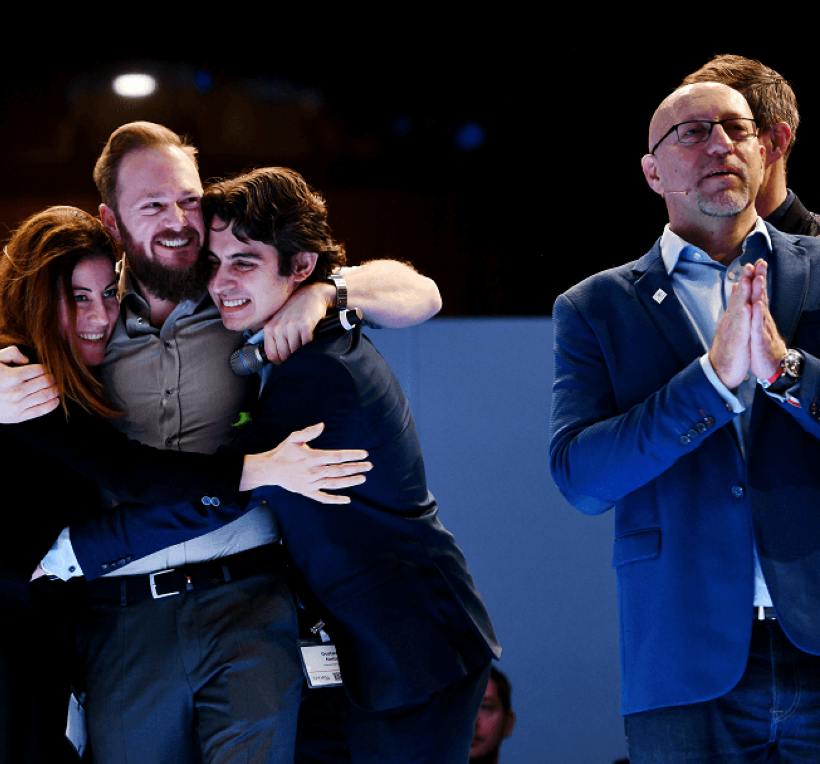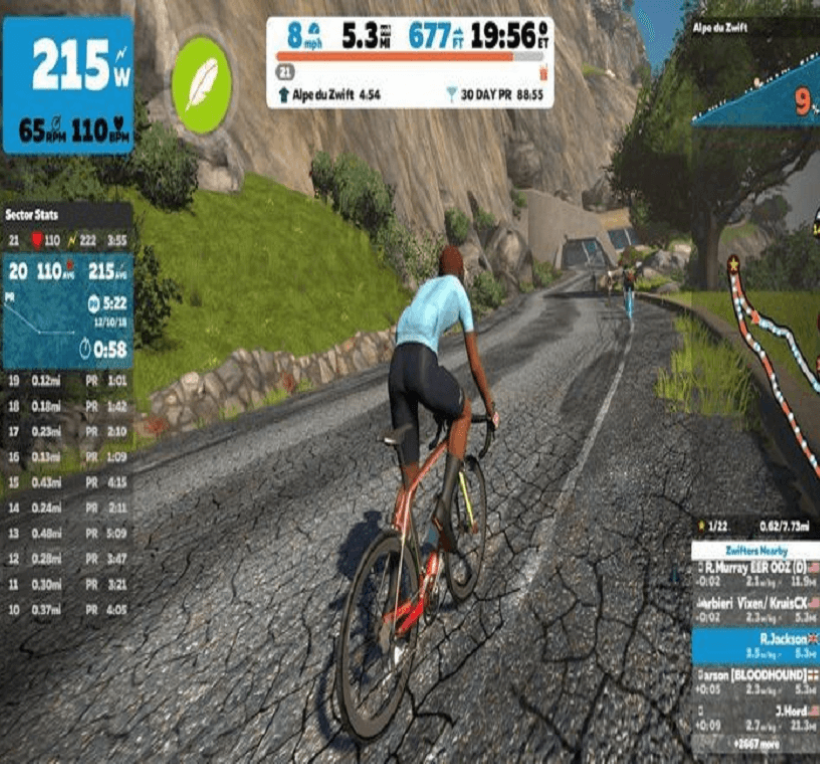

Esports & Gaming? The 5 Biggest Mistakes You Can Avoid
Read Time: 5 min.
As traditional sports organizations increasingly recognize the explosive growth and potential of esports & gaming, many are eager to make their mark in this industry – and they are right to make this move.
However, amid the excitement and enthusiasm, it’s easy for these organizations to stumble into common pitfalls that can hinder their success and impact. The industry at its core is already playing a crucial, if not leading, role in the entertainment industry. Engagement within gaming increased from 48% of all baby boomers to nearly 90% amongst GenZ and is set to reach 3.79 billion gamers by 2026.
To properly navigate this behemoth, we’ll delve into the five most prevalent mistakes that sports organizations make when venturing into esports, shedding light on the challenges they face and offering insights.
Whether it’s underestimating the unique nuances of esports, misaligning strategies, or overlooking the importance of community engagement, understanding these common missteps is crucial for any sports organisation looking to thrive in the world of competitive gaming.
1.Tunnel Vision: Only looking at Esports
Looking at Esports as an end, not a means, is the first and most common pitfall most organisations make. With the Esports industry market size at US$4.3bn and Gaming industry at US$282.30bn, Esports only makes up for around 1% of the total gaming market – an obvious crossover and vertical integration becomes an obvious strategic decision with gaming being prioritised. It is a common misstep to only focus on Esports as that is where the hype is, but a smarter and more inclusive decision is to add a wide range of potential strategic options with gaming features such as IP licensing, gamification, fantasy league games and many more. This allows you to be approachable to both markets and significantly improve your bottom line than if you have a tunnel vision on just Esports.
2. Single Mindedness: Treating Esports as One Single Market
With Esports and Gaming, one cannot overlook the significant diversity that exists within the market. Not only do different games and gaming genres offer unique experiences and gameplay mechanics, but they also cater to distinct audiences with different preferences and interests. This diversity is evident not only in the sheer size of the market, as referenced in the first point, but also in the composition and behaviour of its audiences.
For instance, when comparing sports video games to titles like League of Legends, it becomes apparent that each possesses its own distinct characteristics and audience demographics. Sports video games, while often enjoying a dedicated following, typically command a smaller core audience compared to the massive player bases of popular titles like League of Legends. However, what they lack in sheer numbers, they compensate for with broader mainstream appeal.
Sports video games, with their virtual representations of real-world competitions, have a unique ability to attract not only hardcore gaming enthusiasts but also casual players and sports fans. Conversely, games like League of Legends operate within a distinctly different sphere. Their audience, while immense, is often characterised by a deeper level of engagement and expertise. These games cultivate dedicated communities that thrive on intricate gameplay mechanics, strategic depth, and the competitive spirit fostered by organised esports tournaments. As a result, the language spoken within these communities is often laden with gaming jargon, strategic terminology, and references specific to the game’s lore and meta.
One mistake to avoid here is failing to recognize the nuanced differences between various gaming genres and their respective audiences. This oversight could lead to misguided marketing strategies, product development decisions, or community engagement efforts that are not aligned with the specific needs and preferences of the target audience.
3. Market Dynamics: Underestimate Existing Structures
The ownership of game titles within the esports and gaming industry often lies with organisations whose objectives are distinct from those of traditional sports organisations. For instance, Riot Games is the developer company of the aforementioned popular League of Legends game. Any sporting organisation looking to enter this market must navigate partnerships or licensing agreements with Riot Games which may influence their decisions regarding collaborations or competitions within the ecosystem as the goals and priorities of Riot Games as the IP owner may vary to their own.
Such differences in ownership are crucial to understand as they can introduce unique challenges for organisations seeking to establish themselves in the market. Existing audiences and legacy organisations within the industry may approach newcomers with a degree of scepticism, as concerns of potential disruptions or deviations from established norms may be prevalent. Sports organisations often make the mistake to overlook this aspect as they rely heavily on their brand awareness to do the heavy lifting, a grave oversight. This scepticism must be carefully addressed, acknowledging the existing structures and dynamics while carving out a space for innovation and differentiation.
4. Customer Touch Points: Different distribution model
While it is true that Esports and Gaming offer unparalleled opportunities to connect with Generation Z and Alpha audiences, it is also more true that the medium in which these are delivered plays an important, if not the most important, role in your quest to dominance. It is crucial to recognize that the distribution and communication channels within this industry diverge significantly from traditional methods. To take one example, in Esports and Gaming, there is a digital first approach i.e. games are primarily distributed digitally through online storefronts like Steam, Epic Games Store, and console marketplaces while traditional sports rely heavily on physical media (tickets, merchandise) and TV broadcasts.
The digital landscape of esports and gaming dictates a need for a tailored approach. Unlike traditional media, where television and print advertising may dominate, the esports and gaming audience centres on digital platforms, social media, streaming services, and gaming forums. Failure to adapt your go-to-market strategy as a sports organisation to align with these unique channels risks missing the mark with your target audience. Therefore, any marketing or distribution strategy must prioritise these channels to effectively engage with and capture the attention of the target demographic.
5. Perception: Misunderstand its value
The dynamics of revenue generation within the Esports and Gaming industries can often be misunderstood or worse, undervalued. To accurately tackle this, one must understand that, from a revenue generation point of view, Esports is a different game to Gaming.
Esports predominantly operates on a business-to-business (B2B) model, with a significant portion of its revenue stemming from sponsorships, broadcasting rights, and partnerships with brands and organisations. Mercer Capital estimates that a whopping 74% of revenue from an Esports business model comes from Sponsorships and Advertising. Conversely, gaming, while also engaging in B2B transactions, tends to place a stronger emphasis on business-to-consumer (B2C) interactions, such as game sales, in-game purchases, and subscriptions to gaming services.
The distinction between these two models is crucial for the business teams of sporting organisations aiming to capitalize on the opportunities. Failure to recognize the nuances of each model can lead to misguided strategies, misallocation of resources, and unrealized potential – a thorn in the heart of an organisation trying to expand and improve its bottom line.
Moreover, the long-term sustainability and impact of any venture in this space hang on the development of a comprehensive business plan that accounts for both short-term gains and long-term growth. Businesses must also adopt a strategic approach that aligns with the evolving landscape of esports and gaming. This accounts for establishing robust revenue streams, fostering meaningful relationships with both industry partners and consumers, and investing in initiatives that contribute to the longevity and vibrancy of the ecosystem.
In the pursuit of penetrating into esports and gaming, traditional sports organisations often encounter common pitfalls that can impede their success, to navigate these challenges effectively, organisations must adopt a holistic approach that recognizes the diversity of gaming genres and audiences, embraces digital distribution channels, understands the distinct revenue models of esports and gaming, and develops comprehensive business plans for long-term sustainability.
By avoiding these pitfalls and aligning strategies with the unique dynamics of the Esports and Gaming landscape, sports organisations can position themselves for success and make a lasting impact in the industry.
Co-written by: David Huber, Gomezyani Gondwe and Amir Raveh
SportsTech founder? Apply here to our next GVA cycle Here
We are helping over 100 Sports Properties to increase revenue and reduce costs through innovation – Feel free to ask me how
We are opening the 2nd round of an exclusive AI in Sports Workshop with practical sessions delivered by the World Class Speakers for Sports Executives
If you would like to receive the full Brochure – Share with me your details below




Comments